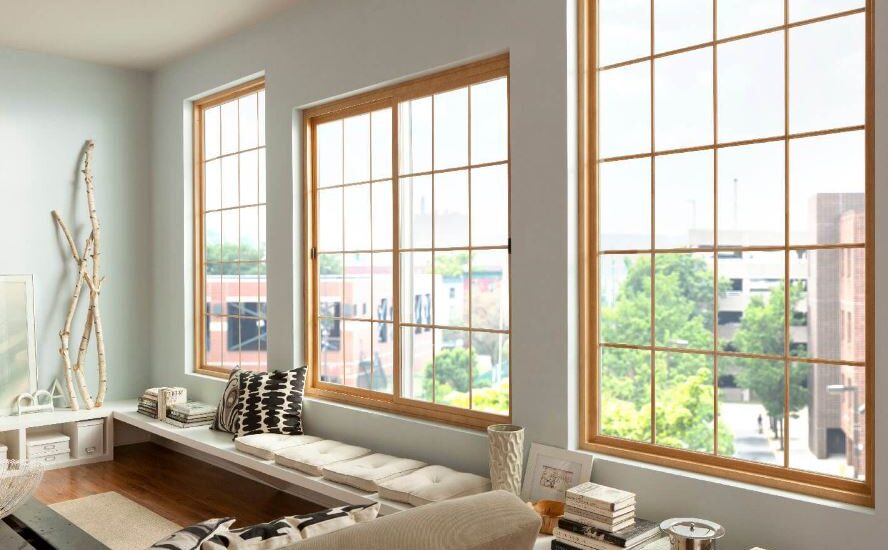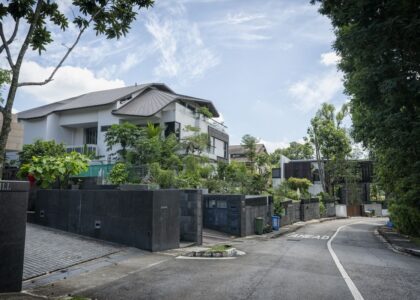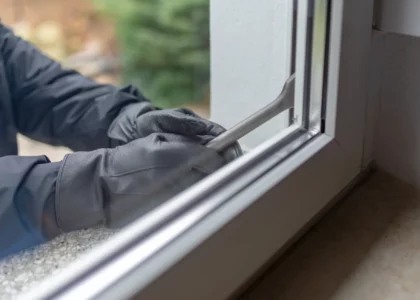Transform Your Old Home with Eco-Friendly Upgrades Today
Homeowners with properties between 15 and 20 years old often grapple with outdated systems that just don’t cut it anymore. The good news? Energy-saving home upgrades can not only enhance the comfort of your home but also contribute to a healthier planet. As a proud owner of a century-old fixer-upper, I embarked on my own renovation journey, facing both triumphs and hurdles along the way.
Why Eco-Friendly Windows Matter
One of the first upgrades I tackled was replacing the old, drafty windows. Eco-friendly windows equipped with insulating glass options made a world of difference. Not only did they reduce outside noise, but they also kept my energy bills in check. I found that triple-pane windows performed exceptionally well in our harsh winters, while low-E glass options helped keep our home cool during the sweltering summers.
Choosing the Right Window Type for Your Climate
When considering new windows, it’s essential to choose the type that suits your climate. Here’s a quick list of window options based on weather conditions:
- Cold Climates: Triple-pane windows with argon gas fill provide superior insulation.
- Hot Climates: Low-E glass reflects heat and minimizes UV penetration.
- Coastal Regions: Impact-resistant windows protect against storms and salty air.
- Temperate Areas: Double-pane windows offer a balanced approach to insulation and energy savings.
While upgrading my windows did pose challenges – from the fitting process to finding the right contractor – the peace of mind and energy efficiency gained made it all worthwhile. Your home deserves smart, eco-friendly upgrades that work for you and future generations.
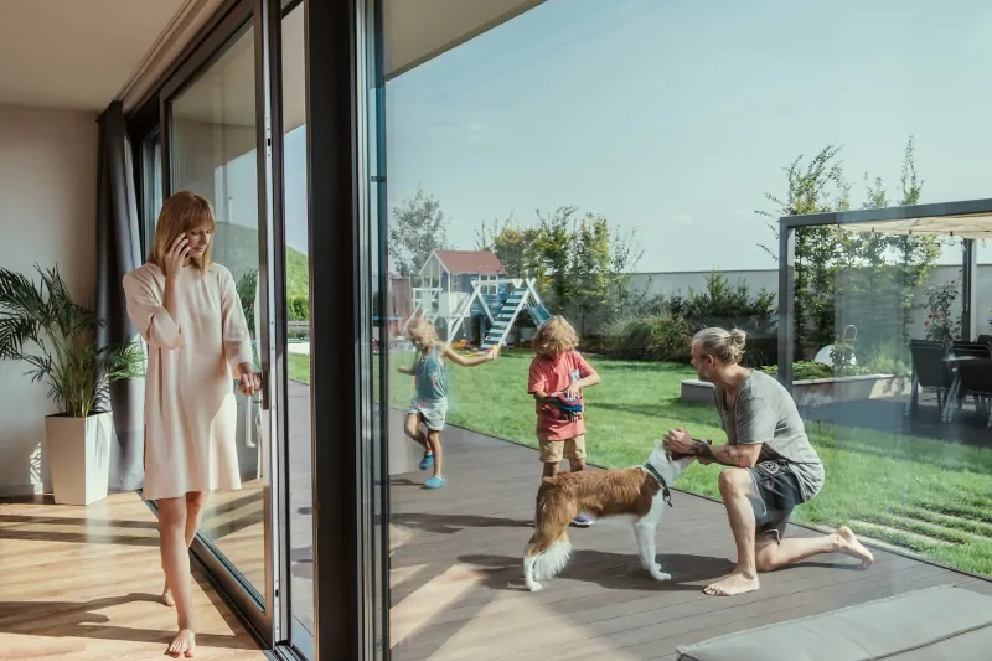
Embracing Smart Home Technologies
As I moved beyond my window project, another opportunity for energy efficiency emerged: smart home technologies. Integrating these gadgets not only modernized my space but also provided greater control over energy consumption. For instance, installing a smart thermostat allowed me to monitor and adjust temperature settings remotely, ensuring that my heating and cooling systems worked only when needed. This reduction in energy waste led to noticeable decreases in my utility bills, making it a win-win situation.
Why Smart Home Devices Are a Game-changer
The beauty of smart home devices is their versatility and compatibility with various energy-efficient upgrades. Here are some noteworthy options to consider:
- Smart lighting systems that automatically adjust based on occupancy and natural light levels.
- Energy monitors to track your household’s energy usage in real-time.
- Automated window coverings that close during peak heat or open to harness sunlight effectively.
- Smart power strips that prevent phantom energy loss from devices left on standby.
With every device I added, I felt more in control of my home’s energy efficiency. The gratification from watching my energy consumption plummet was exhilarating. Plus, these devices often come with apps that offer customized reports, so I could pinpoint areas where I could improve even further. For those looking for detailed guidance on integrating these technologies into your renovation journey, I found the resource at Eco-Friendly Energy Strategies especially helpful.
Exploring Energy-Efficient Insulation Options
As winter days rolled in, I shifted my focus to insulating my walls and attic. I learned that insulation plays a crucial role in energy conservation, particularly in older homes where heat escapes easily. After researching various materials, I decided to go with spray foam insulation for its high R-value and ability to expand in hard-to-reach areas. This choice not only improved thermal regulation but also acted as a barrier against moisture and pests, ensuring enhanced comfort year-round.
As I reflected on these upgrades, I couldn’t help but appreciate how each step contributed to both immediate comfort and long-term savings. Embracing eco-friendliness is indeed a journey, with every small upgrade synergizing seamlessly to create a more efficient abode. What are the upgrades you’ve considered for your home? Together, we can navigate this path towards greener living.
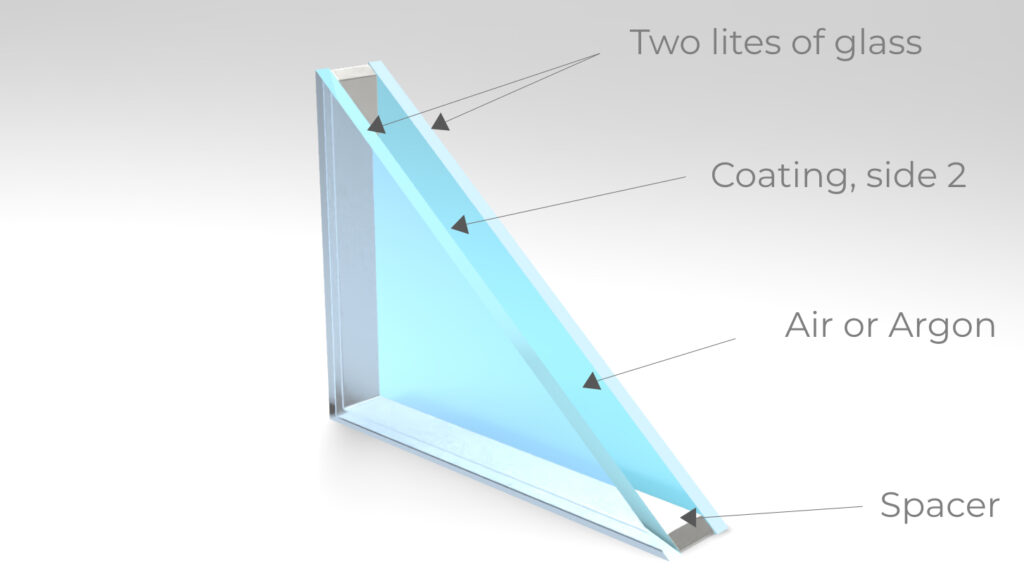
Utilizing Insulating Glass for Enhanced Energy Performance
Having tackled smart home technologies and efficient window installations, my next endeavor was to further enhance my home’s energy efficiency through insulating glass options. This crucial element not only adds to the aesthetic appeal of my home but also significantly contributes to its overall performance. By choosing the right type of insulating glass, I’ve noticed a real difference in both comfort levels and energy savings.
Insulating glass units (IGUs) utilize multiple panes separated by a spacer and filled with inert gases like argon or krypton. This configuration creates a barrier against heat transfer. I learned that there were various types of insulating glass, each suitable for specific needs:
- Low-Emissivity (Low-E) Glass: Ideal for shielding against UV rays and reducing energy costs.
- Double Glazing: Common and effective, it offers a respectable level of insulation.
- Triple Glazing: Provides the ultimate insulation, perfect for extreme climates.
- Tempered or Laminated Glass: Offers safety and security without compromising on aesthetics.
By selecting the right combination of insulating glass and window designs, I could achieve a balance between form and function. Beyond visual appeal, these windows helped regulate indoor temperatures, brought in natural light, and reduced the need for additional heating or cooling. If you’re considering which type of insulating glass best suits your home, be sure to consult with a professional for tailored advice and optimal performance.
Implementing these energy-saving home upgrades has led to immense satisfaction not just in my wallet, but in my lifestyle as well. My journey reflects a growing trend across the country as homeowners seek both functionality and sustainability in their living spaces. As we continue to make conscious choices about our homes, the ripple effect on the planet can be transformative.


